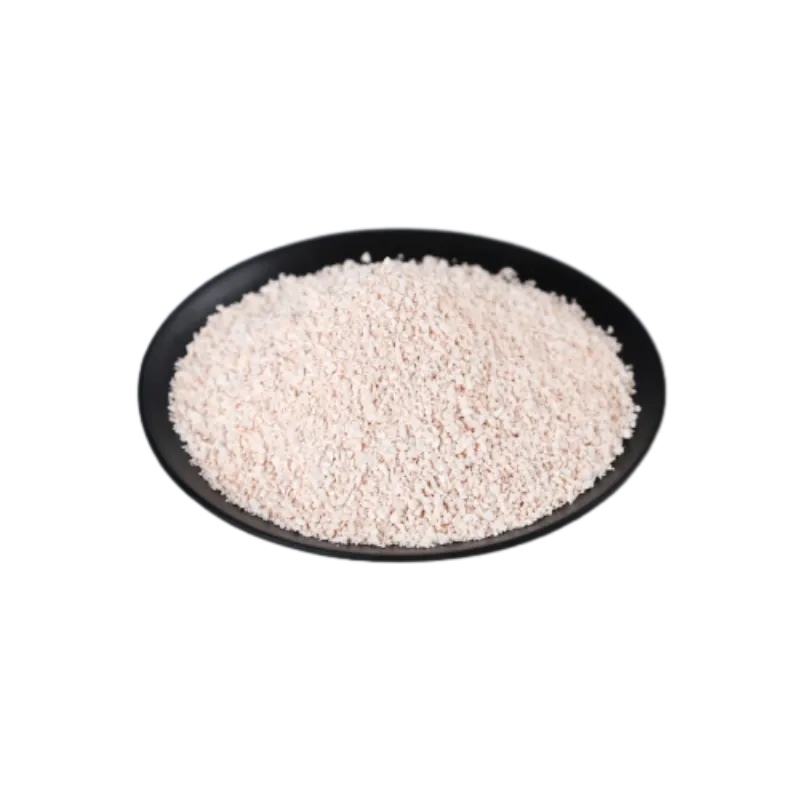
Dec . 05, 2024 10:25 Back to list
Understanding Granular Loss in Roof Shingles and Its Impact on Roofing Performance
Understanding Granular Loss on Roof Shingles Causes and Solutions
Roof shingles are a critical component of residential and commercial buildings, providing essential protection from the elements. They come with a protective granule layer that not only contributes to the aesthetic appeal but also enhances their durability. However, over time, you may observe granular loss on roof shingles, a phenomenon that can have significant implications for the longevity and effectiveness of your roof. In this article, we will explore the causes of granular loss, its effects, and potential solutions to mitigate this issue.
What is Granular Loss?
Granular loss refers to the wearing away or shedding of the small, pebble-like granules on the surface of asphalt shingles. These granules are coated with colored minerals that add visual attractiveness and provide UV protection for the underlying materials. When these granules start to dislodge, the shingles become more susceptible to damage from extreme weather conditions, UV deterioration, and other environmental factors.
Causes of Granular Loss
1. Aging One of the primary reasons for granular loss is aging. Over time, exposure to ultraviolet (UV) rays from the sun can degrade the bonding agents that hold the granules in place. As the roof ages, it becomes more prone to losing these granules, which is a natural part of the lifecycle of asphalt shingles.
2. Weather Conditions Extreme weather conditions, such as hailstorms, heavy rain, or strong winds, can cause significant granular loss. Hail, in particular, can knock granules off the shingles, leading to bare spots that expose the underlying material to potential damage. Wind may also lift the edges of shingles, exacerbating the problem.
3. Improper Installation If roof shingles are not installed correctly, they may be more susceptible to premature granular loss. Installation issues such as improper nailing, inadequate overlap, or failure to follow manufacturer guidelines can lead to inefficiencies in shingle performance.
4. Poor Quality Materials The quality of the shingles plays a crucial role in determining their lifespan and resistance to granular loss. Low-grade shingles may not adhere well to the granules, increasing the likelihood of shedding over time. Investing in high-quality shingles can reduce the risk of granular loss.
5. Moisture Damage Excess moisture, whether from leaks, condensation, or prolonged exposure to rain, can weaken the adhesive bonds of granules. When shingles retain moisture, it can lead to mold growth, wood rot, and eventual granular loss.
granular loss on roof shingles

Effects of Granular Loss
The consequences of granular loss can be far-reaching. Firstly, the aesthetic appeal of your roof diminishes as bare patches become more visible. More critically, the lack of protective granules exposes the asphalt to direct sunlight and weather elements, leading to accelerated aging and degradation. This deterioration can result in leaks, compromising the integrity of your home and potentially leading to costly repairs. In severe cases, it may necessitate a full roof replacement.
Solutions and Prevention
1. Regular Inspections Conduct regular inspections of your roof, especially after severe weather events. Look for visible signs of granular loss and address them promptly. Hire a professional roofer if you notice significant wear and tear.
2. Quality Shingles When replacing your roof, opt for high-quality shingles that come with warranties. This investment can pay off in the long run by reducing maintenance costs and prolonging your roof's lifespan.
3. Proper Installation Ensure that your roof is installed by qualified professionals who follow the manufacturer's guidelines. Proper installation can help prevent premature granular loss and extend the life of your shingles.
4. Ventilation and Moisture Control Proper attic ventilation is crucial to minimize moisture buildup, which can lead to granular loss. Ensure that your attic is well-ventilated to maintain a dry environment.
5. Prompt Repairs Address any roofing issues, such as leaks or missing shingles, immediately. Taking care of small problems can prevent larger issues, including granular loss.
Conclusion
Granular loss on roof shingles is a common issue that can significantly affect the performance and longevity of your roof. Understanding its causes and taking preventative measures can help homeowners maintain their roofs' integrity and protect their investments. Regular inspections, high-quality materials, and proper maintenance are essential strategies to combat granular loss and ensure the longevity of your roofing system. With proactive management, homeowners can enjoy a durable and reliable roof for years to come.
-
Stone Coated Metal Roof Tile-Nosen Tile: Durable & Stylish Roofing
NewsJul.23,2025
-
Durable Tiles Made of Clay for Modern Cladding Solutions
NewsJul.22,2025
-
Stone Coated Roman Tile Metal Roofing - Durable & Elegant
NewsJul.22,2025
-
Premium Roofing Granules for Sale - High Durability & Cost-Saving
NewsJul.21,2025
-
Durable Laminated Shingles for Weather-Resistant Roofing
NewsJul.21,2025
-
Rubber Roofing Shingles - Durable & Weatherproof SBS Rubber Asphalt Shingles for Homes & Businesses
NewsJul.08,2025







